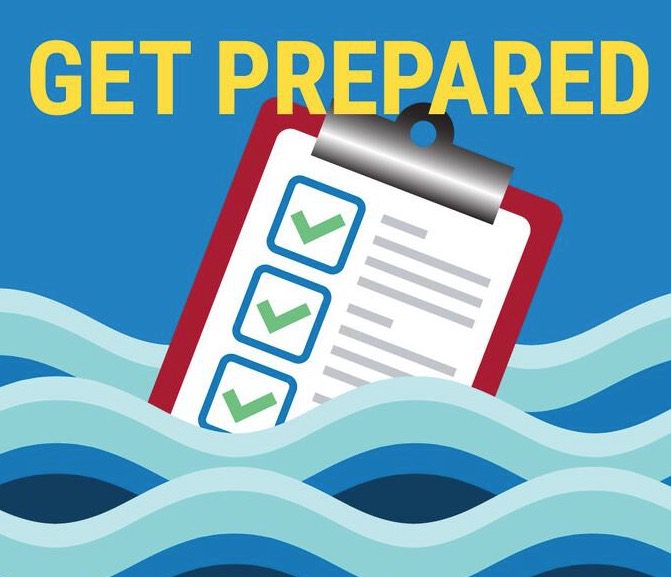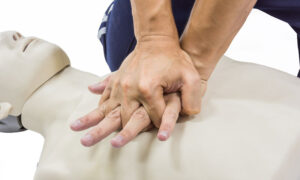Flagler FL
It Feels Like Home!
- Flagler News
- Florida News
- Latest News
-
Flagler County adopts ordinance to comply with SB 180, while thwarting FEMA program
Source: Flagler County News Published on 2025-11-20
-
Flagler County adopts ordinance to comply with SB 180, while thwarting FEMA program
Source: Flagler County News Published on 2025-11-20
-
Flagler County adopts ordinance to comply with SB 180, while thwarting FEMA program
Source: Flagler County News Published on 2025-11-20
-
Feral hog captures down in 2025 compared to last year, Flagler County officials say
Source: Flagler County News Published on 2025-11-19
-
Narcotics search in Flagler County results in the arrest of ‘poison peddler,’ Sheriff’s say
Source: Flagler County News Published on 2025-11-17
-
Palm Coast man serving in Army arrested in child sex abuse case, Flagler sheriff says
Source: Flagler County News Published on 2025-11-13
-
Meet the purr-fect graduates: 14 kittens from Flagler County Jail’s foster program ready for adoption
Source: Flagler County News Published on 2025-11-07
-
Surveillance video captures moments before coyote kills pet dog in South Florida neighborhood
Source: Florida News Published on 2025-11-20
-
What to know about Florida congresswoman charged with stealing disaster funds
Source: Florida News Published on 2025-11-20
-
Lane Kiffin to LSU, Florida latest news, rumors today on Ole Miss football coach
Source: Florida News Published on 2025-11-20
-
Allegiant unveils 3 new Florida destinations that you can get to from this N.J. airport
Source: Florida News Published on 2025-11-20
-
Athletic director at East Providence, R.I., Catholic school arrested on Florida fraud, theft charges
Source: Florida News Published on 2025-11-20
-
Florida football’s SEC Availability Report packed ahead of Tennessee Volunteers matchup
Source: Florida News Published on 2025-11-20
-
Florida congresswoman indicted on charges she stole FEMA funds to pay for campaign
Source: Florida News Published on 2025-11-20
-
Which presidents are attending Dick Cheney’s funeral? Latest on Trump, Obama
Source: Latest News Published on 2025-11-20
-
Trump resurrects feud with Jimmy Kimmel in latest meltdown: ‘Get the bum off the air!!!’
Source: Latest News Published on 2025-11-20
-
Trump approval rating slips in New Hampshire on one key metric. See latest poll
Source: Latest News Published on 2025-11-20
-
The latest Epstein emails reveal the powerful people who sought his counsel
Source: Latest News Published on 2025-11-20
-
What California’s reservoirs look like after the latest atmospheric river
Source: Latest News Published on 2025-11-19
-
What the Trump Administration’s Latest Moves to Dismantle the Education Department Mean for Schools and Students
Source: Latest News Published on 2025-11-19
-
China to suspend imports of Japanese seafood in latest escalation over Taiwan comments
Source: Latest News Published on 2025-11-19
- Sports News
- Vehicle News
- Celebrity News
-
BREAKING TNT Sports set to lose Champions League rights with rival broadcaster in frame
Source: Sports News Published on 2025-11-20
-
YouTube TV inches closer to a wallet-friendly sports bundle
Source: Sports News Published on 2025-11-20
-
‘Save Women’s Sports’ legal defense responds after 130 congressional Dems back trans athletes in SCOTUS battle
Source: Sports News Published on 2025-11-20
-
YouTube TV saved ESPN, but you just lost a major sports perk in the deal
Source: Sports News Published on 2025-11-19
-
Missouri sports betting launches in two weeks: Here’s everything you need to know
Source: Sports News Published on 2025-11-16
-
Boise State vs. San Diego State live stream, where to watch online, CBS Sports Network channel finder, odds
Source: Sports News Published on 2025-11-15
-
N.J. sports are expanding rules to limit blowouts. Not everyone is cheering.
Source: Sports News Published on 2025-11-15
-
2 hurt after man crashes into unoccupied vehicle then drives into Jenison Dollar Tree
Source: vehicle news Published on 2025-11-20
-
Woman, two children hurt after being hit by vehicle near I-17 and Indian School Road
Source: vehicle news Published on 2025-11-20
-
Princeton man, a former firefighter, arrested by task force after explosives found in vehicle
Source: vehicle news Published on 2025-11-20
-
Congress demands answers from GM, Ford, Stellantis and Tesla on vehicle affordability
Source: vehicle news Published on 2025-11-20
-
Prosecutors move to dismiss charges against Chicago woman accused of ramming her car at law enforcement vehicle
Source: vehicle news Published on 2025-11-20
-
16-year-old hit by vehicle while in crosswalk in Pleasant Grove
Source: vehicle news Published on 2025-11-20
-
Charlotte man charged after van rams ICE vehicle during immigration operation
Source: vehicle news Published on 2025-11-20
-
CNN’s Thanksgiving Coverage: Parades on TV, Celebrity Chef Demos for Streaming
Source: Celebrity News Published on 2025-11-20
-
‘Celebrity Family Feud’ Teases Holiday Surprise With ‘Real Housewives’ and ‘The Housemaid’ Casts (Exclusive)
Source: Celebrity News Published on 2025-11-20
-
The Best Celebrity Memoirs and Biographies to Gift This Year
Source: Celebrity News Published on 2025-11-20
-
I’m A Celebrity in chaos days into show as campmates left screaming
Source: Celebrity News Published on 2025-11-20
-
I’m A Celebrity fans make same complaint as show hits lowest rating ever
Source: Celebrity News Published on 2025-11-20
-
From The Infamous Kimye/Taylor Swift Call To Justin Timberlake’s Treatment Of Janet Jackson, Here Are 11 Jaw-Dropping Celebrity Betrayals That Shocked The World
Source: Celebrity News Published on 2025-11-20
-
Vogue Williams and Tom Read Wilson enter TV jungle as I’m A Celebrity’s late entrants
Source: Celebrity News Published on 2025-11-19














